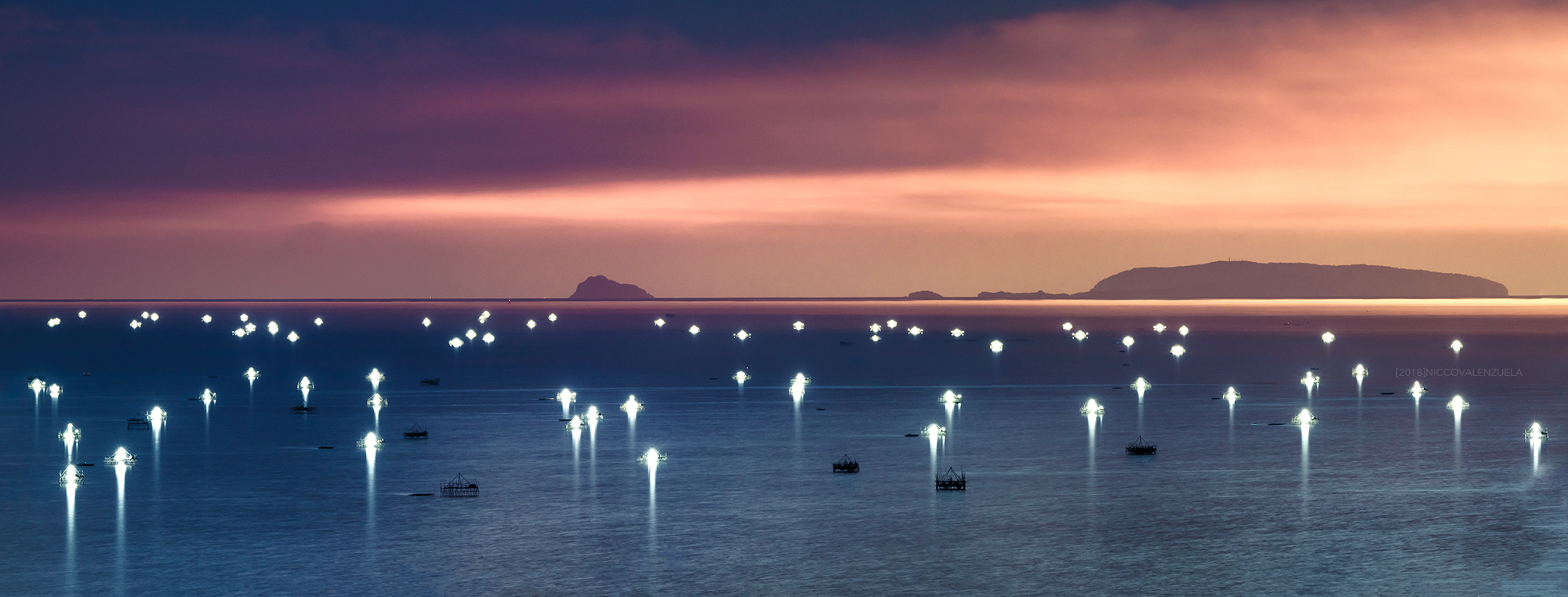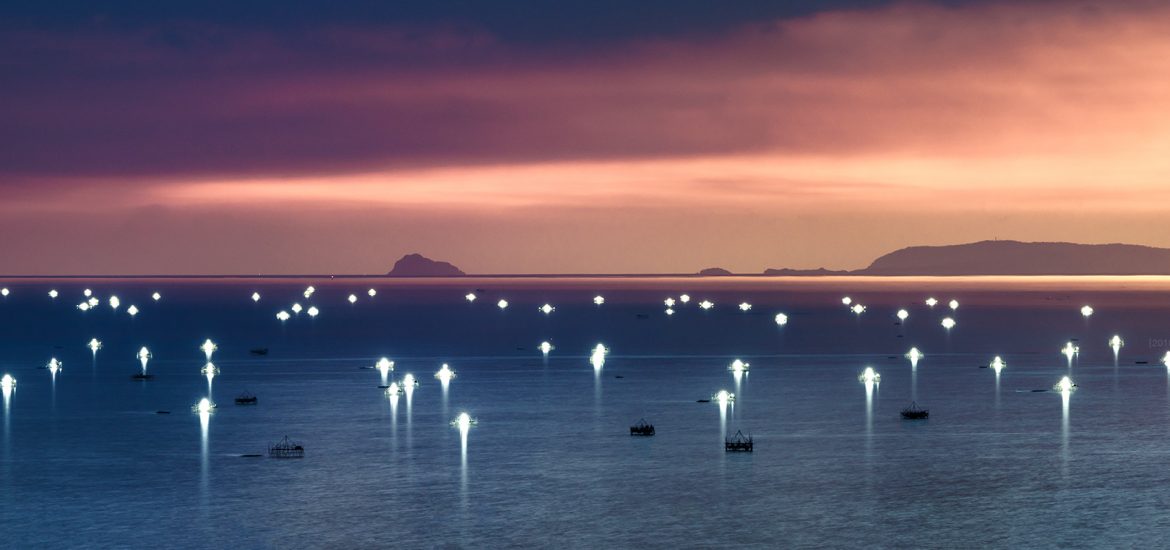There are lessons that you only learn from constant practice and making mistakes. These are some lessons that can widen your scope and fuel your learning as a landscape photographer.
Landscape photography, much like other genres of photography, requires a lot of practice, a lot of mistakes, and a lot of leg work. As the famous quote suggests, there are a lot of frustrations amid the rewards of the craft. While there are countless tutorial videos, articles, and books online, there are lessons to be learned beyond how to shoot and edit. The following tips are ones that I have personally learned through the years and often, the hard way.
1. If the Light Is Still Changing, Just Keep Shooting
A common frustration in landscape photography is being welcomed by unappealing weather. There are many times that you might go through the long process of getting to a location only to be disappointed by dull and gray skies. If you believe in luck, some people would call themselves chronically unlucky with the weather, and if they still shoot by now, they have probably either gotten used to a lot of disappointment or have gotten extra creative in making the most of what they get.
Many times, you might get the urge to call it a day, pack up, and go home even if there are still a few minutes (or hours) before it begins to get dark. While there is no assurance that it will happen as often as we would like, give it a chance. Sometimes, nature gives you a curveball at the very last minute with better skies and appealing cloud formations. Otherwise, you might see it on the trip back and regret not staying a few extra minutes.
2. A Dull-Looking Day Is Never a Waste of Time
In relation to the first tip, there’s a lot of benefit in avoiding the mindset that shooting less-than-spectacular weather is just a waste of time. The reality is not every day that you go out shooting will have spectacular lighting, and this can very well happen even when you set out to shoot your dream destinations. While there are many weather apps and tools that can help you avoid such days, it is inevitable to experience such disappointing conditions.
If you avoid seeing it as a waste of time and instead start seeing it as a challenge, you’re able to explore different approaches to shooting and hone your creativity in the process. This helps you develop the skill of making the most out of any location and any lighting condition wherever you go. Landscape photography is about identifying and adapting to changes in the environment to achieve a pleasant visual design.
3. Don’t Rush and Chase After Spectacular Locations
Admittedly, a lot of us got into landscape photography because of how inspired we got when we saw beautiful landscape images of the world’s most iconic places, and this somehow shaped our dreams as landscape photographers to see those locations and shoot them for ourselves. However, there is that tendency to rush into doing it, and if you’re someone who has limitations in traveling, whether physically or financially, it would be best to prepare well for what could be once-in-a-lifetime opportunity to shoot.
Perhaps the most practical way to learn landscape photography is to find a nearby location that you can visit often to practice and be exposed to various weather and lighting conditions. They don’t have to be the most iconic locations, but if you live right outside of a world wonder, then there’s nothing stopping you. These experiences prepare you for the more crucial shoots of your landscape photography journey, where you might just have a single day or less at a particular location and all you’ll be able to do is take whatever you are given. There will always be good days and bad days in landscape photography, but it is best to be shooting either way.
4. There Are Some Pieces of Gear That You Should Never Compromise On
Landscape photography is never about the gear you have. That is true and will always be true. However, there are just some pieces of gear that are non-negotiable, and settling for cheap, mediocre variants might set you up for failure and regret.
In particular, these are accessories that can compromise image quality. Most important among these are cheap, mediocre filters and flimsy, unstable tripods. While there are pieces of equipment where you can settle for cheaper alternatives, by experience, most photographers would say that they regret getting terrible filters and tripods early in their landscape photography journey because the implications of terrible quality in these are often irreversible and eventually mean wasted time, money, and effort.
While not all cheap filters mean terrible color and/or clarity, most experienced landscape photographers would tell you to avoid them altogether. An extreme color cast can give you unwanted colors in your photos that are either impossible or very hard to correct in post-processing. Some filters are just not made for extreme weather and tend to get smudged with moisture very easily, giving you irreversibly soft images.
Tripods are the same. A lot (not all) of cheap tripods only serve to hold the camera for timed self-portraits and family photos. For landscape photography, light tripods are easy to carry during long walks and hikes, but going too light would also mean less resistance to camera shake. Many instances in landscape photography require withstanding strong winds or strong water currents. Needless to say that doing long exposure with shaky tripods guarantee blurred landscape images.
5. Landscape Photography Can Be Done With Any Camera
In contrast to the previous point, it is also important to know that the wonderful genre of landscape photography can be done with any camera. Countless photographers prove this with even smartphones. Though there are cameras that are better designed for landscape photography that make them either more efficient in shooting, give higher resolution, or wider dynamic range, it is still possible to do and more importantly, learn landscape photography with even the simplest camera.

Landscape can also be done with any lens. Yes, there are different lens kit recipes that you would learn of online based on who you listen to, but if you’re just starting, it can be done with any camera and lens. Better or more suited landscape photography gear makes you more flexible and efficient in the long run, but not having it doesn’t stop you from shooting. In the same principle as the earlier tips, being able to learn to work through these limitations might even help you be a more creative photographer altogether.
Landscape photography deals with a lot of disappointment, challenges, and setbacks. There are so many ways to learn the craft, but nothing beats substantial experience. These challenges make the triumphs all the more rewarding, but it doesn’t mean that all of them are unavoidable.
Do you have any tips to add? Feel free to share them in the comments.
